“Even reluctant readers (let alone closet classicists) will be drawn to pore over these entrancing pages. -School Library Journal Greek myths are among the most exciting stories ever told. In this collection, Marcia Williams offers a fun but faithful retelling of eight myths using simple language and her signature comic-strip format. Panels and spreads brimming with color, decorative detail, and nonstop action make each tale a pleasure to look at, and speech bubbles add modern humor. This indispensable collection is the perfect way to introduce young readers to the power of myth.
Age
Catalog sorted by age group
Out of Sight
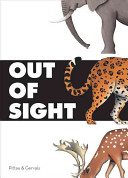
In this big, beautiful, astonishing book, more than 50 animals are hiding. In elegant drawings and graphic, eye-catching layouts, Out of Sight will enthrall children with the amazing variety of the animal kingdom.
Patterns

Who but this author and artist could see a rhinoceros in a train locomotive or a kangaroo in a baby carriage? With perfect accord this creative team from very different parts of the world see the possibility of animals in stripes, spots, dots, and rows. With quirky energy and electric imagination, a gifted poet and a brilliant artist cast a sharp eye on design and transportation in a new pair of Animagicals titles. In each book, twelve poems pose riddles that are answered in twelve full-page, fold-out paintings of animals, each portrayed with humor, empathy, and sensitivity. Whether it’s comparing a dragonfly with helicopter in the On the Go, or describing the titles on a turtle’s shell in Patterns, Animagicals engage the mind and delight the eye of both children and adults.
The King’s Day
A day in the life of France’s King Louis XIV, focusing on the elaborate ceremonies which took place when he dressed in the morning, ate his meals, conducted affairs of state, entertained, and finally, when he prepared to go to bed at night.
Big Wolf and Little Wolf
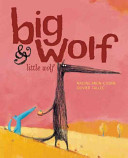
Big Wolf has always lived alone at the top of a hill under a tree, so when a little wolf suddenly arrives one day, he does not know what to think. Everytime, he turns around, there is little wolf, until one day he is missing and Big Wolf gets worried.
Seasons
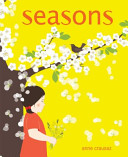
Five senses, four seasons. From the sounds of the birds singing in the trees to the feel of the first snowflake, its a whole year of discovery and changes, a whole year to grow and learn with nature…
Leonardo Da Vinci (Lifelines)
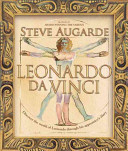
At just 12 years old, Paulo becomes an apprentice to Leonardo da Vinci, the brilliant artist and inventor. Dull is not how Paulo describes life in Leonardo’s busy studio. There are floors to sweep, paints to mix, errands to run, and drawings to be made. But there are mysterious events, too. Another apprentice is not all that he seems, and an evening visit to a hospital uncovers some very interesting happenings… Paulo’s diary tells of an exciting moment in Renaissance Italy; it’s a young boy’s insight into a fascinating time and place and his glimpse into the mind of one of the world’s greatest geniuses, as well as a story told from the heart.
The Secret Cave
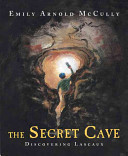
Jacques, Jojo, Simon, and Marcel were looking for buried treasure when they explored a cave in the south of France in 1940. But the treasure inside was not what they expected, and in fact far more valuable: the walls were covered with stunning prehistoric paintings and engravings, preserved within the sealed cave for over 17,000 years. This is the true story of the boys who discovered the cave of Lascaux, bringing to the modern world powerful examples of the very beginning of art.
Moon Watchers
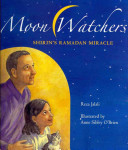
Looking through the tall trees in their backyard in Maine, Shirin and her dad search for a glimpse of the new moon, the sign that the month of Ramadan has begun. Ramadan is a time when Muslims around the world pray, fast, and pay special attention to doing good deeds. Shirin is nine and thinks she should be able to fast like her older brother Ali, but her parents feel she is still too young to go without food and water all day. When Shirin catches Ali sneaking food after school, she wonders: Should she tattle or is this an opportunity for a good deed? Shirin feels left out when the others break their fasts to have their own meals after dark and in the early morning, before it is light again. But then her grandmother tells a story that shows her a way she can feel more a part of Ramadan and the traditions and closeness her family enjoys during this special month of the year. Her good deeds result in a surprise for everyone.
Nosh, Schlep, Shluff
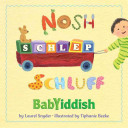
Learning—and using—Yiddish is fun for the whole family, from the youngest mamaleh to the oldest bubbe and zaideh. Introduced to America as the mother tongue of millions of Jewish immigrants, Yiddish has made its way into everyday English. The sprightly, rhyming text follows a toddler through a busy day and is peppered from beginning to end with Yiddish words. Oy!—will everybody kvell when they hear their little ones spouting words from this most expressive of languages.
